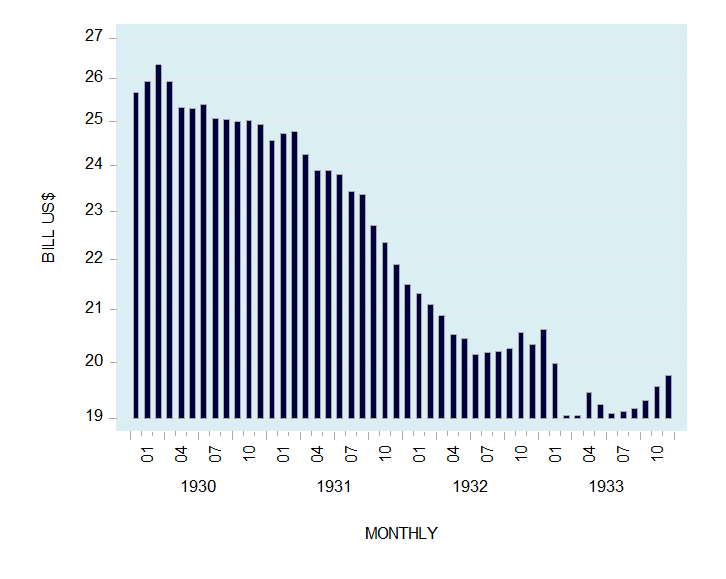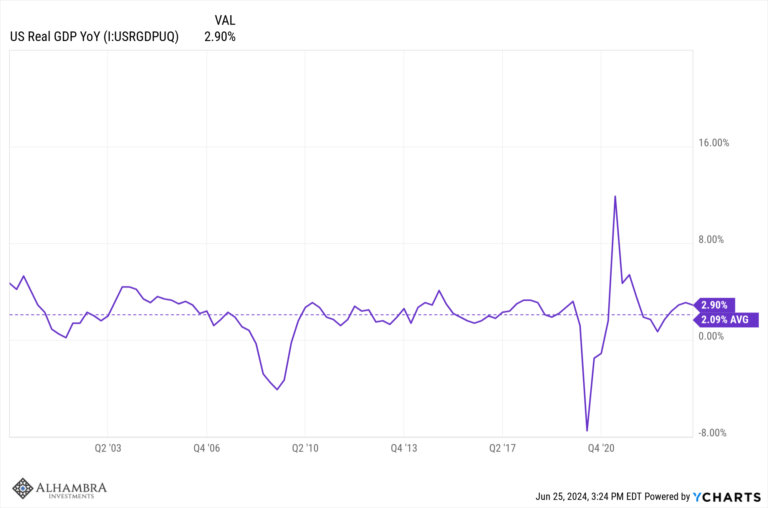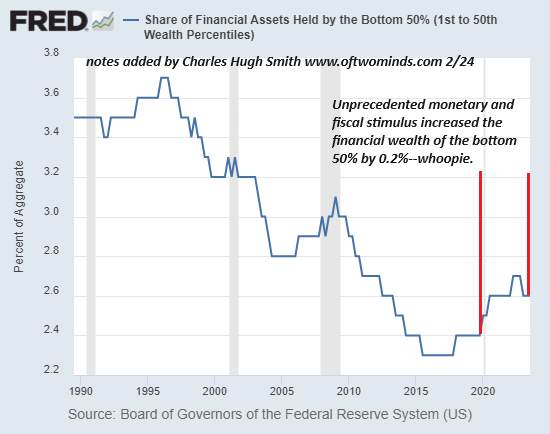Monetary policy stands as a cornerstone of modern economic management, wielded by central banks worldwide to influence the economic landscape. This dynamic toolset plays a pivotal role in steering economies through the ebbs and flows of growth, inflation, and employment. But how exactly does monetary policy work? This article delves into the intricacies of monetary policy, unraveling the mechanisms central banks use to stabilize economies, the goals they aim to achieve, and the real-world impacts on businesses, consumers, and financial markets. From interest rates to open market operations, and the delicate balance of supply and demand for money, understanding monetary policy is crucial for grasping the broader economic picture. Join us as we explore the vital functions and far-reaching effects of this economic lever.
Sure! Below is a content outline for an article on "How Monetary Policy Works":
Monetary policy refers to the actions undertaken by a nation's central bank to control the money supply, manage interest rates, and achieve macroeconomic objectives such as controlling inflation, consumption, growth, and liquidity. The primary tools used in monetary policy include open market operations, the discount rate, and reserve requirements.
1. **Open Market Operations (OMOs):** This is the most frequently used tool of monetary policy. OMOs involve the buying and selling of government securities in the open market. When a central bank buys securities, it injects liquidity into the banking system, lowering interest rates and encouraging borrowing and investment. Conversely, selling securities withdraws liquidity from the system, raising interest rates and discouraging borrowing.
2. **Discount Rate:** This is the interest rate charged by central banks on loans to commercial banks. Lowering the discount rate makes borrowing cheaper for banks, which can lead to an increase in lending to businesses and consumers, stimulating economic activity. Raising the discount rate has the opposite effect, tightening credit and slowing economic activity.
3. **Reserve Requirements:** These are regulations on the minimum amount of reserves that banks must hold against deposits. Lowering reserve requirements increases the amount of funds banks can lend, stimulating economic activity. Increasing reserve requirements reduces the amount of funds available for lending, helping to cool down an overheating economy.
Monetary policy can be expansionary or contractionary. Expansionary monetary policy aims to increase the money supply and decrease interest rates to stimulate economic activity, often used during periods of recession or economic slowdown. Contractionary monetary policy seeks to reduce the money supply and increase interest rates to curb inflation, often employed when the economy is overheating.
The effectiveness of monetary policy can be influenced by various factors, including the state of the economy, the responsiveness of banks and borrowers to changes in interest rates, and the expectations of businesses and consumers. Central banks must carefully consider these factors when designing and implementing policy measures to ensure they achieve their desired outcomes without causing unintended negative consequences.
In addition to these traditional tools, central banks have developed unconventional monetary policy measures in response to severe economic crises. Quantitative easing (QE) is one such measure, involving large-scale purchases of financial assets to inject liquidity directly into the economy. Forward guidance, another unconventional tool, involves the central bank communicating its future policy intentions to influence economic expectations and behavior.
Overall, monetary policy plays a crucial role in managing economic stability and growth. By carefully adjusting the money supply and interest rates, central banks aim to create an environment conducive to sustainable economic development while minimizing the risks of inflation and financial instability.
Inflation, the persistent increase in the overall price level of goods and services in an…
**Article Title: Navigating the Storm: Understanding Monetary Policy During Inflation** In the intricate dance of…
In times of economic downturn, when businesses close their doors, job losses mount, and consumer…
**The Impact of Monetary Policy on Inflation: An In-Depth Analysis** Inflation, the rate at which…
Title: "The Ripple Effect: How Monetary Policy Influences Aggregate Supply" Introduction: In the intricate dance…
In the intricate tapestry of a nation's economy, few threads are as critical as monetary…
Tags: Featured,Monetary Policy,newsletter
































